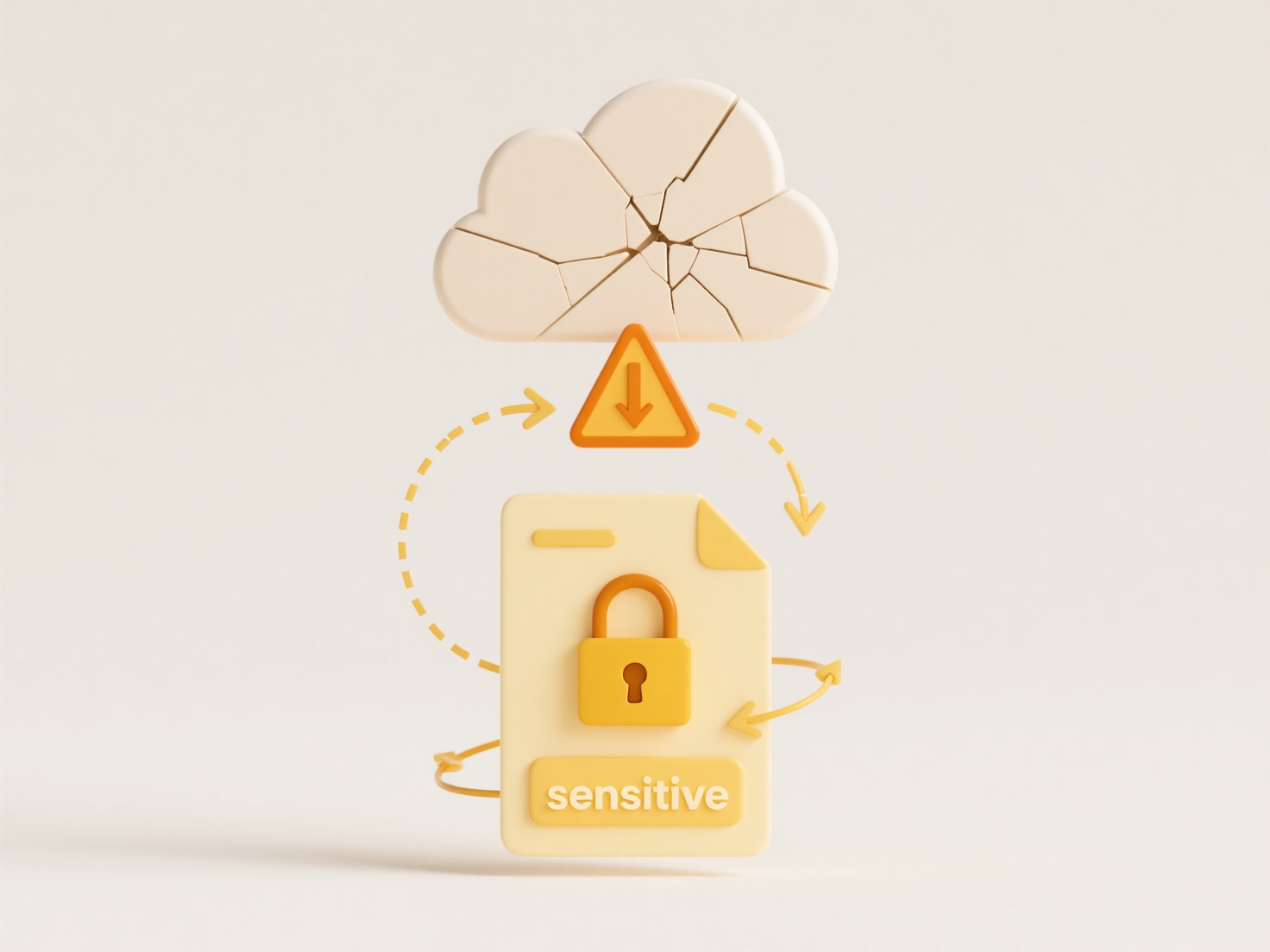
Losing access to a collaborative file typically means you can no longer view or edit it, often due to permission changes made by the owner or administrator. This happens because cloud-based collaboration tools like Google Drive, Microsoft SharePoint, or Dropbox require specific permissions to interact with shared files. The key difference from simply misplacing a file is that the file exists and others might still be editing it, but your specific access rights have been revoked or altered, effectively locking you out of the ongoing collaboration.
Common examples include being removed from a shared folder in Google Drive by a team member who decided to reorganize, or having your project manager adjust permissions in a Microsoft Teams channel so only core members retain edit rights. File access loss frequently occurs during team restructuring in various industries, such as when an employee leaves a company and has their account disabled in corporate file-sharing platforms like Box or SharePoint.

Losing access abruptly hinders progress and creates confusion within a team. Advantages of such permission systems include security and control over sensitive data; limitations involve potential disruptions if communication about changes is lacking. Your immediate action should be to contact the file owner or your IT support to request access reinstatement. Future tools may offer clearer ownership visibility or automated alerts on permission changes to reduce unexpected lockouts.
What if I lose access to a file I was collaborating on?
Losing access to a collaborative file typically means you can no longer view or edit it, often due to permission changes made by the owner or administrator. This happens because cloud-based collaboration tools like Google Drive, Microsoft SharePoint, or Dropbox require specific permissions to interact with shared files. The key difference from simply misplacing a file is that the file exists and others might still be editing it, but your specific access rights have been revoked or altered, effectively locking you out of the ongoing collaboration.
Common examples include being removed from a shared folder in Google Drive by a team member who decided to reorganize, or having your project manager adjust permissions in a Microsoft Teams channel so only core members retain edit rights. File access loss frequently occurs during team restructuring in various industries, such as when an employee leaves a company and has their account disabled in corporate file-sharing platforms like Box or SharePoint.

Losing access abruptly hinders progress and creates confusion within a team. Advantages of such permission systems include security and control over sensitive data; limitations involve potential disruptions if communication about changes is lacking. Your immediate action should be to contact the file owner or your IT support to request access reinstatement. Future tools may offer clearer ownership visibility or automated alerts on permission changes to reduce unexpected lockouts.
Quick Article Links
What’s the difference between exporting to .docx and .pdf?
.docx files are editable document formats primarily used with word processors like Microsoft Word. They retain formattin...
What’s the best way to name audio files like podcasts or recordings?
A descriptive naming convention helps you organize, identify, and retrieve audio files efficiently. It prioritizes key d...
How do I identify underused folders?
Underused folders are directories within a computer system or storage platform that receive minimal access or activity f...